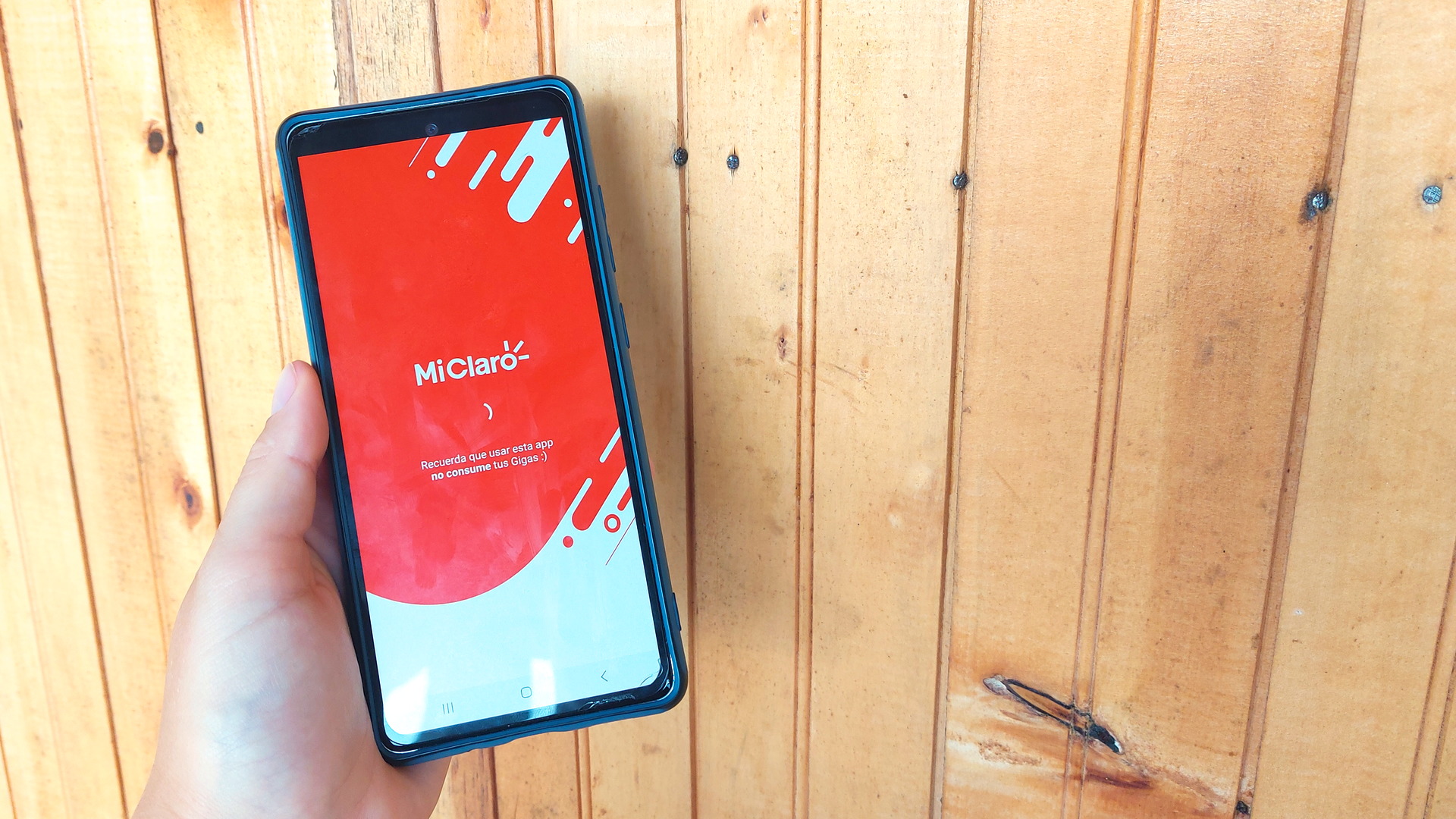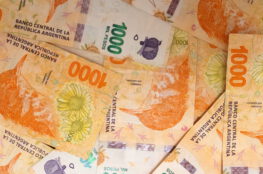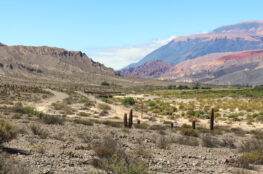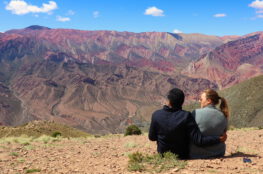Staying connected while travelling is a must for me. Besides being able to use Google Maps, order an Uber, book last-minute accommodations, and translate things on the go, it’s nice to stay in touch with friends and family (especially a must when travelling solo!). And okay, can’t lie, having access to social media as is definitely nice.
We used the following sim cards in South America.
Argentina – Bolivia – Brazil – Chile – Peru, Bolivia, Ecuador & Colombia (CAN countries)
Argentina
In Argentina it is mandatory to register your sim card to your name and passport, making it a bit tricky. We were told the only provider that does this for foreigners, is Claro.
We later found out it is also somehow possible with Movistar, but it’s not a super straight forward process. So, in the end, Claro was the best option anyway.
There are 2 ways to get a Claro sim card:
Option 1
Claro (pre-paid) tourist sim – 5000 ARS* (≈€10, using the blue dollar rate)
- Internet: 25 GB (valid for 30 days)
- Calls/texts: none included
You simply go to any Claro store (however, avoid buying your sim at the airport!) and buy the tourist sim. They will activate and register the sim for you on the spot. When you leave the store, you’ll be online!
If you want to add calls/texts, you can go to a kiosko (small shop) and top up your sim with some cash. Look for the red Claro Recarga signs that are usually on the window or in front of the store. Make sure to have your phone number handy.
Once there’s money on your sim, go to www.claro.com.ar/packs and purchase the pack you need. You should get a confirmation of your purchase via text message.
*I already mentioned it, this price will certainly change over time due to the inflation in Argentina. However, the price in euro has stayed the same, and I’ll expect it will stay around €10/11.
Option 2
It is also possible to buy your pre-paid sim card from a kiosko and do the activation and registration yourself.
- Go to any kiosko and buy a Claro sim card for a (few) hundred pesos (it should be cheap, I paid 100 pesos in January 2023).
- Put the sim in your phone and let it connect to the network.
- Go to this page to register and activate your chip.
- Fill in all the information and hit send.
- After several hours you’ll receive the confirmation via text message (I registered my chip in the morning, got the confirmation late afternoon).
Once it’s registered and activated, go to a kiosko again and top up your sim. To see how much money you need, go to www.claro.com.ar/packs before going to the kiosko to see which pack you want to purchase. You also go to this page to purchase the pack you need, once you have money on your sim.
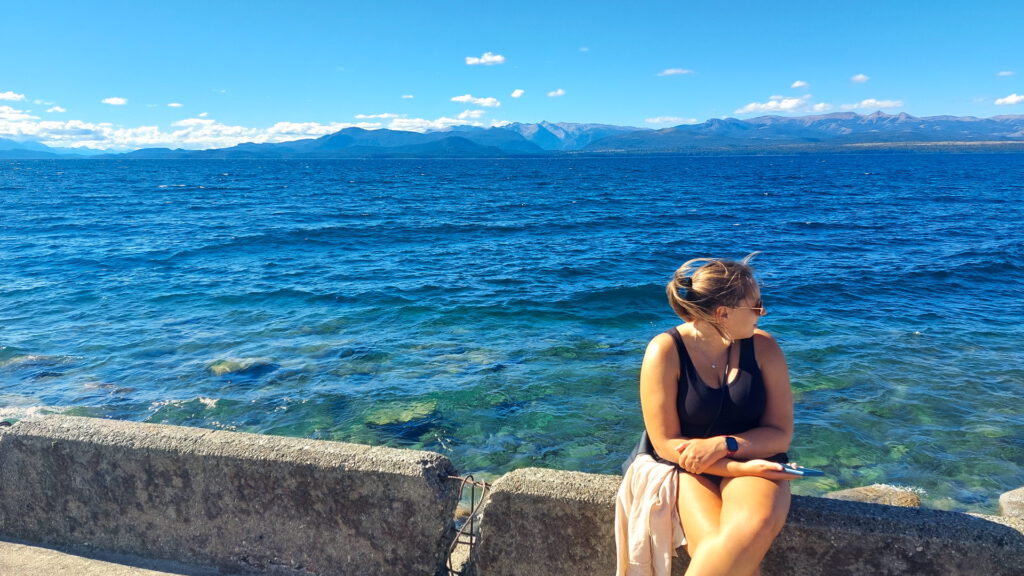
Bolivia
Entel pre-paid sim card – 20 bs (≈€3)
In Bolivia it is also mandatory to register the sim to your name and passport, but there’s no need to go to an Entel store if you know some basic Spanish. If not, give it a try with Google Translate. Or, go to a store and request some help if it’s not working. Simply follow these steps:
- Buy an Entel sim card, put it in your phone and let it connect to the network.
- When it’s connected, call *10#. Don’t worry, you’re not actually calling anyone.
- Once the code has run, you’ll get a pop up. Follow the instructions (you’ll need to fill in your name, date of birth, ID number, etc.).
- Once registered, you’ll get a confirmation per text message.
Now all you have to do, is to top up your sim, for which you have to buy a tarjeta de regarca. It’s a card with a code with a value of 10, 20, or 50 bs. To get this value on your sim, simply scratch off the silver layer to unveil the code and follow the instructions on the back of the card.
To see which packs there are, go to the Entel website and select the Internet Movil tab at the top of the page. Under Paquetes mensuales you can find the internet packages that are valid for 30 days. Just below that, you can find some Combo packages that come with both internet and minutes for calls.
To buy an internet package, call *10#. You’ll get a pop-up with options. To buy an internet package, select ‘Internet’ by typing in the number that’s in front of the word ‘Internet’, and click send. On the next screen, in the same way, select the package you want to buy. You’ll get a confirmation text when successful.
In case you do need some help with the activation of your chip…
The lady that sold them to us (from a kiosko), also helped us register them on the spot for no extra fee, which was incredibly kind! It took only a couple of minutes (make sure you have your passport at hand), so you could also always ask the person you’re buying your chip from, if they can help you with the activation.
Brazil
Getting a sim card in Brazil is a bit more tricky than most other countries in South America. You can easily buy a sim from a shop, but the problem is that it has to be registered to a Brazilian. It is not possible to register the sim to a foreigner, unfortunately.
If you know someone in Brazil, you can ask them to register it to their name (as far as I know this doesn’t have any consequenses for them). Potentially, you can try and buy a pre-registered sim card, but I personally don’t have any experience with this and I’m not sure it’s possible at all.

The CAN countries: Bolivia – Peru – Ecuador – Colombia
First, let me explain the CAN countries. CAN stands for Communidad Andina, and consists of the following countries: Bolivia, Peru, Ecuador and Colombia.
We weren’t aware of this when we purchased our Claro sim card, but the when you buy it in one of the CAN countries, it can also be used in the other ones! We purchased our sim in Peru, and could also use it in Ecuador and Colombia (and Bolivia, but we didn’t use it here as we travelled north from Peru). Super handy!
However, as far as we know, it’s not possible to buy a Claro sim card in Bolivia, so you can only use a Claro sim card in this country if you’re travelling down to Bolivia from Colombia, Ecuador or Peru. Also, we have no experience with the Claro sim in Bolivia, so we’re not familiar with the quality of the network and signal strength, for example. Please let me know if you used a Claro sim card, purchased in one of the CAN countries, in Bolivia.
When we arrived in Peru (in Puno), we purchased our sim cards at the bus station from a small shop (like a kiosko). The lady explained these sim cards were already registered. This made it quite easy, as we only had to put the sim cards in our phones, top them up, and buy an internet package. We paid 15 soles (€3,75) for the pre registered sim card.
To top up our sims, we did the recarga in person with the lady that sold us the sim cards. Later on, unfortunately, we had no luck when we tried topping up online with (several) foreign (credit) cards, feel free to give it a try with your card, though. If it doesn’t work, you have to go to a kiosko that does recargas. Make sure to have your phone number handy.
Chile
Movistar – 1500 CLP (≈€1,75)
- Internet: 2 GB
- Calls/texts: 100 minutes
- Validity: 7 days
Chile is probably the easiest country when it comes to sim cards.
- Simply buy a sim card from a kiosko.
- Put it in your phone and wait for it to be connected to the network.
And that’s it! No registration of any kind required!
You can easily top up your sim or purchase a specific pack by going to this page on the Movistar website (from your phone only). I was able to pay with my foreign creditcard. If for some reason this doesn’t work for you, it’s also possible to top up your sim in pharmacies, gas stations and supermarkets. To see which packages Movistar has available, check the Movistar Prepago page.
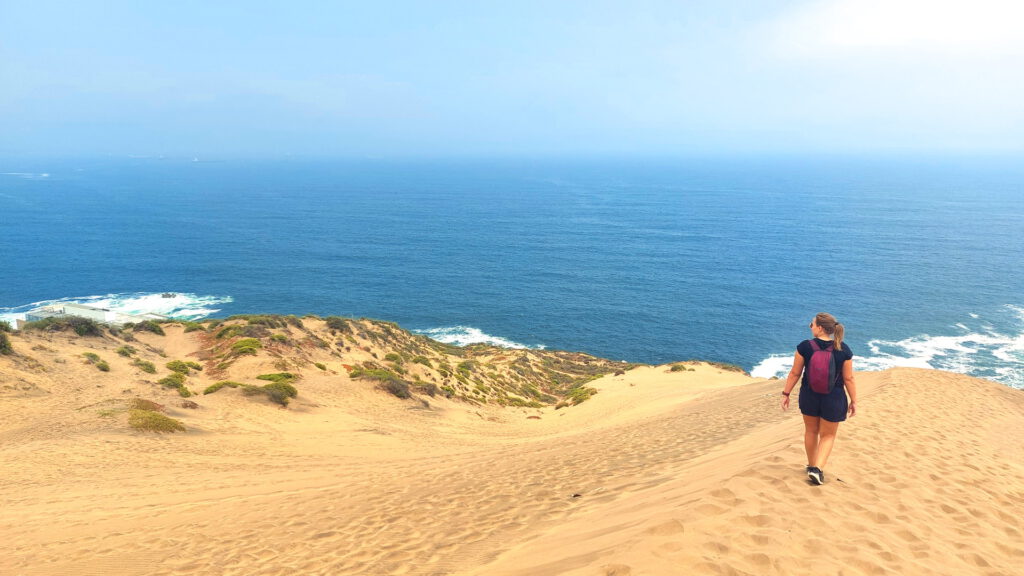
It’s super easy to stay connected in South America!

